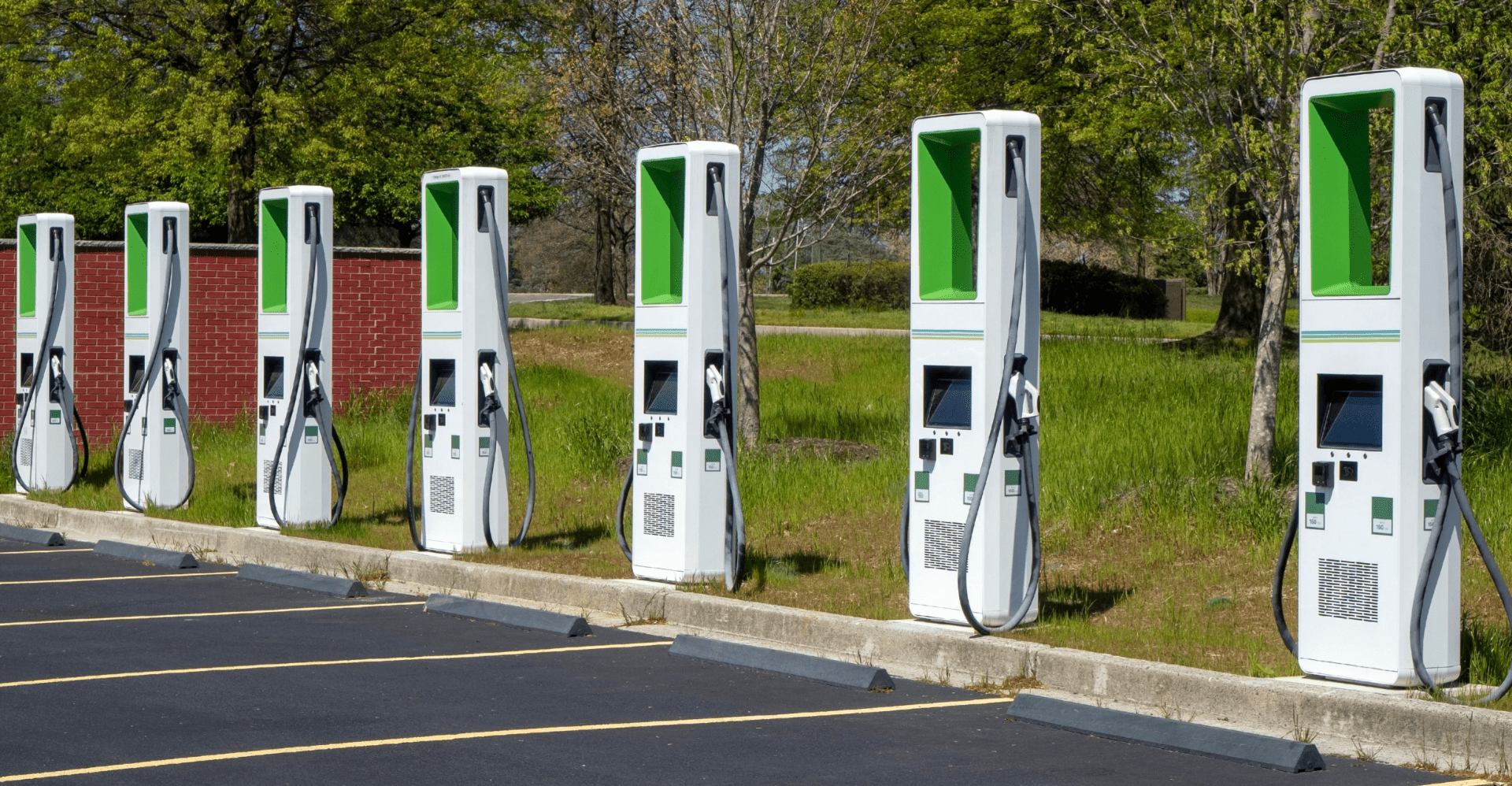Increasing oil and gas prices across the globe have many governments and organizations seeking to accelerate their zero-emission vehicle (ZEV) transition programs. But what does a successful ZEV program look like?
Success can take many forms, but the design and construction of ZEV charging infrastructure is paramount to program acceleration for your organisation.
Charging the change
Arcadis’ recent Global EV Catalyst Index examined countries across the world and measured progress against three key catalysts for EV transition, highlighting what countries are doing well and where they could improve.
One of the three catalysts the countries, states and regions were measured against was EV charging infrastructure (EVCI), and it’s what we are all reading about daily in the press: “We need more chargers!”
As ZEV program plans may be accelerating in priority, I’m increasingly asked what factors need to be considered for successfully designing and building EVCI networks. While there isn’t a one-size-fits-all approach, there are foundational elements that help lead to success.
8 key factors for successfully designing and building EV charging infrastructure networks
Based on our experiences helping fleet managers and organizations make the ZEV transition, thorough upfront planning in eight key areas will bolster charging infrastructure network design and construction success.
1. Relationship with your organization’s Net Zero Strategy
Many organizations have already set a goal to have a zero-emission fleet by say 2027, and already have ZEVs. If it’s a government agency, they may be mandated to meet this date. Your organization’s Net Zero Strategy is a key factor in EVCI requirements.
2. Impact to operations
Operationally EVs result in reduced maintenance due to lack of oil change and engine work. But broader operational impacts must be considered early in the process, such as the required vehicle range per day and opportunities for charging en route. Don’t forget hearts and minds – not everyone wants to change what they have been doing all their lives.
3. Accessibility and affordability of public charging
Suitable EV charging infrastructure means reliable charging abilities across the journey (departure point, en route and at the destination) and this is critical for fleet that will be on longer journeys. As the number of public chargers increase at different rates across the world, equity must also be kept in mind ensuring that they remain accessible and affordable for all, especially those that do not have access to their own home chargers.
4. Site feasibility assessments
Securing power for charging stations could require grid reinforcements, legal agreements and more. Feasibility assessments can help expedite costly, time-consuming steps.
5. Stakeholder buy-in
Secure all legal consents and avoid delays by making stakeholder agreements part of the feasibility process. This includes those using the vehicles in your organization – spend as much time on securing the hearts and mind of the drivers on the forthcoming change as well as securing the funds.
6. Financing and business model options
Compare potential business models against available funding programs to optimize capital spend.
7. Contract models for building the network of chargers
Compare different contract models, EPC and EPCM. Take into account project timeline, budget, scale and your in-house capabilities. It’s ok to ask for help.
8. Renewable energy solutions and energy mix
Review battery energy storage solutions and on-site renewables (solar cells, wind turbines, etc.) to maximize resilience and reduce costs.
Whilst all of these factors are important, I would argue the impact to operations is the most important to organizations. Arcadis has been working with clients facing particular challenges when it comes to the availability of suitable vehicles in line with their asset replacement programs, coupled with the dilemma that many electric vehicles don’t yet meet their performance specifications and there is a lack of affordable power.
This is why I think the most important consideration for EV transition is not the charging infrastructure, but government leadership and incentives. There is greater investment, supply and choice of vehicles in those countries where the governments have been more proactive and grants are available to pay for the increasing cost of power upgrades and public infrastructure.
Governments taking action
Some European countries have announced a ban on all new petrol/gasoline and diesel cars from 2040 onwards to reduce the environmental risk from rising levels of greenhouse gases, and governments across the globe have recently taken action.
In the U.S., the Biden-Harris Administration released an EV Charging Action Plan to “outline steps federal agencies are taking to support developing and deploying chargers in American communities across the country.” The action plan establishes a Joint Office of Energy and Transportation, coordinated by the Department of Energy and the Department of Transportation, aiming to provide stakeholders with a coordinated approach and single point of contact for charging resources.
Australia’s government developed an Electric Vehicle Strategy to prepare for the transition to low and zero-emission electric vehicles and maximize the benefits. As part of the strategy, the McGowan Government is creating Australia’s longest electric vehicle fast charging network by installing charging stations at 45 locations across the state. Installation of the charging stations is scheduled to begin in mid-2022 with the network fully operational by January 2024.
In the UK, the Electric Vehicle Infrastructure Strategy “sets out the government’s aim to expand the UK’s charging network, so that it is robust, fair and covers the entire country – as well as improving the consumer experience at all chargepoints, with significant support focused on those without access to off-street parking, and on fast charging for longer journeys.”
Learning from early adopters
The zero-emission ambition and enthusiasm of early adopters across the globe should be applauded and we must also take the opportunity to learn from their experiences. Technology is developing faster than some organizations can implement their EV programs. For example, an EV hub I visited recently took so long to get off the ground following municipality approvals, the grant application process, and power upgrades that the infrastructure deployed is already out of date and will soon need to be replaced with more powerful and appropriate chargers.
Finding the optimal solution for charging, procuring, installing, and maintaining a fleet of electric vehicles can rapidly become a complex project. I’m always happy to chat about the latest and greatest charging solutions, and what customized solution may be best for your organization.






